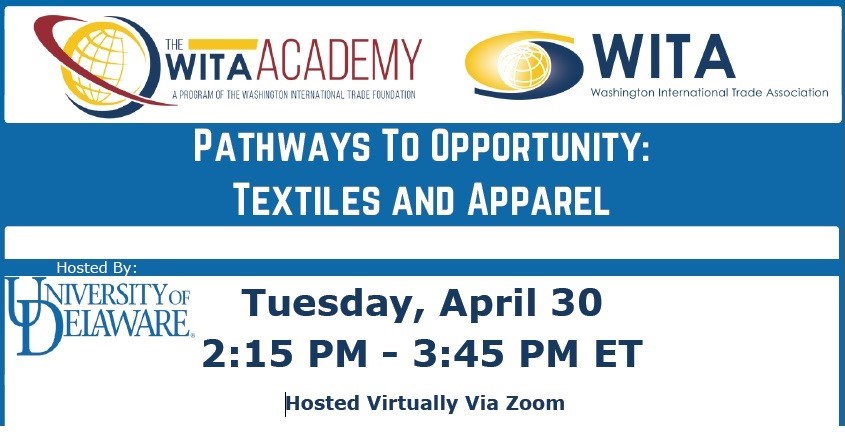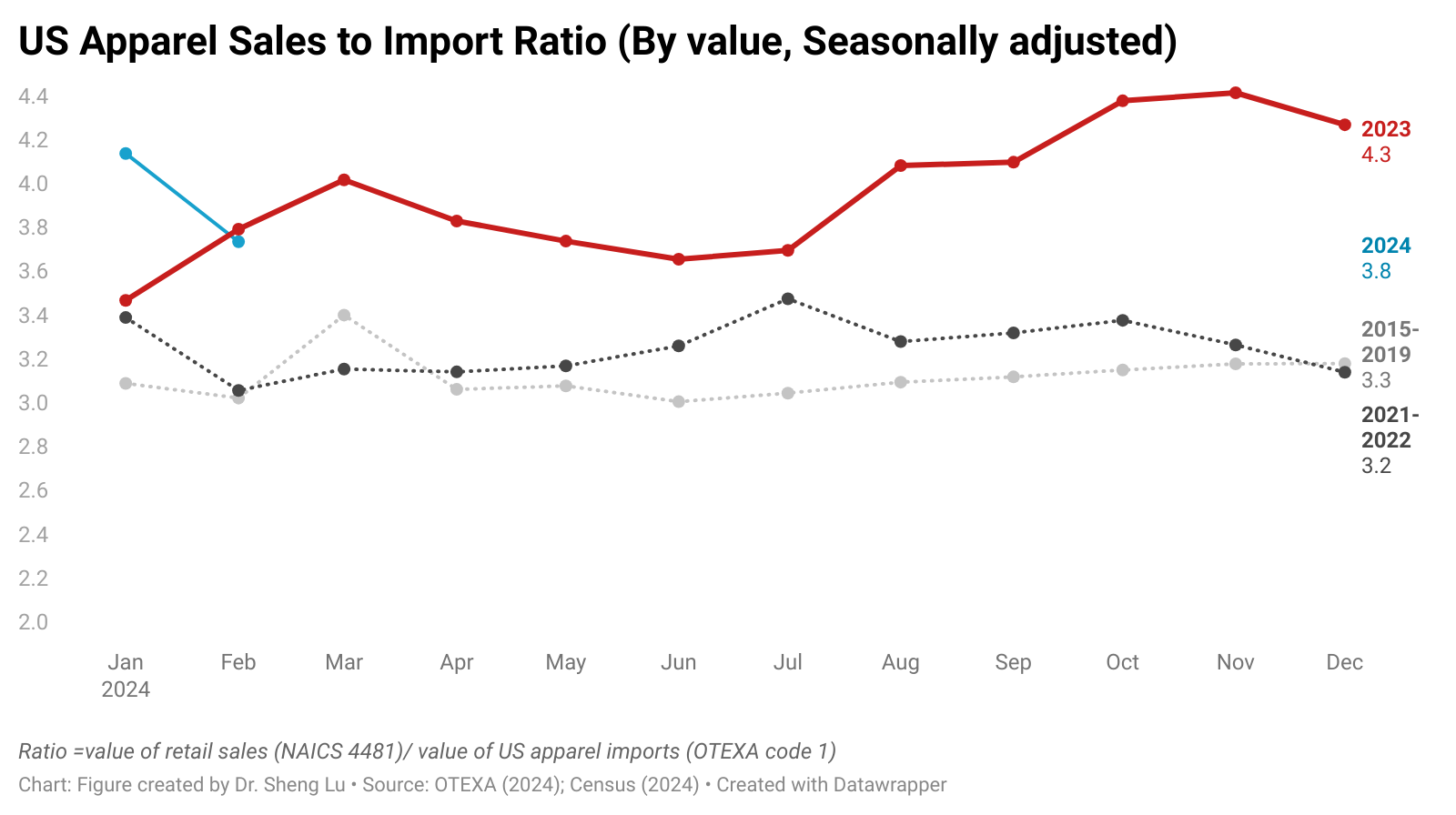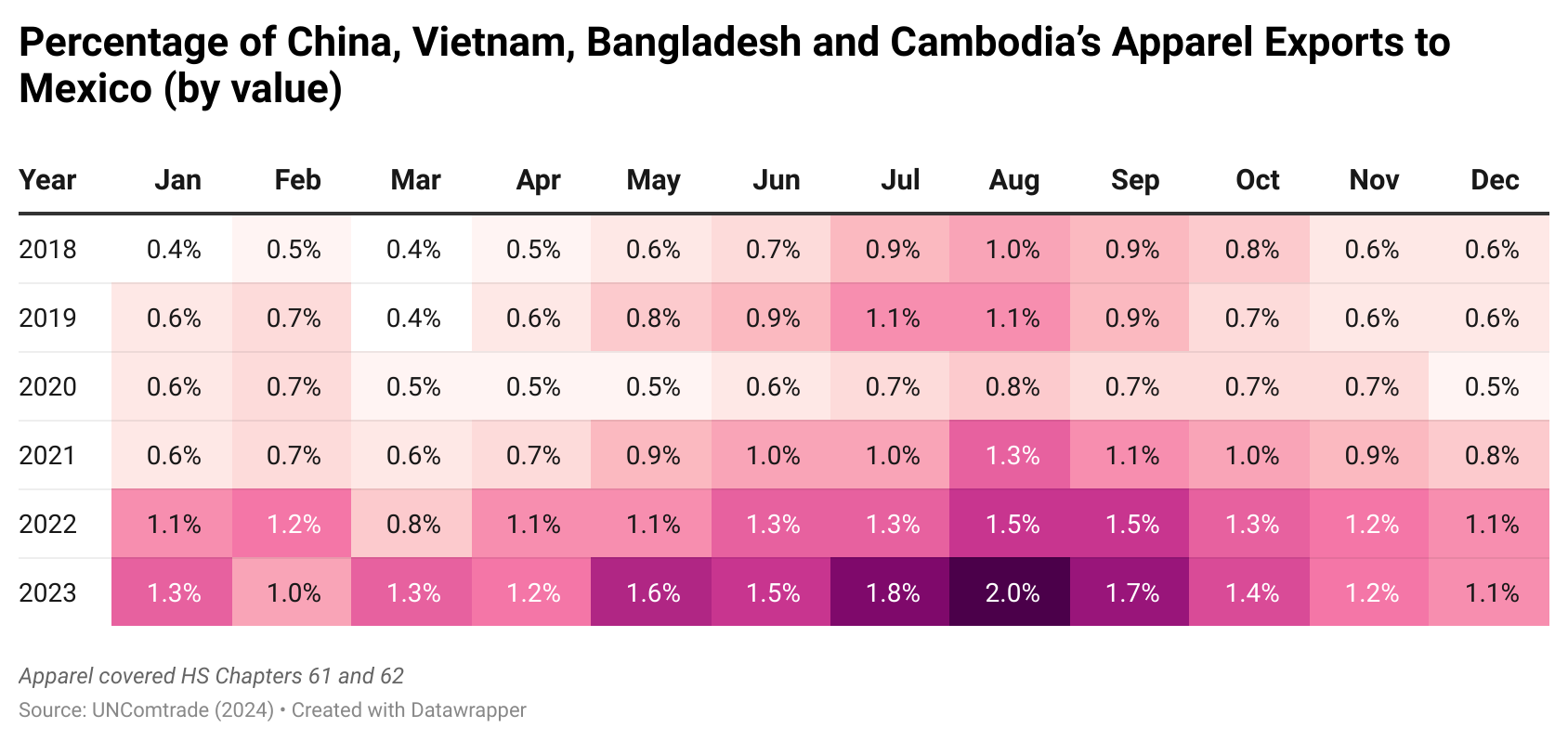About Abby Edge
Abby Edge is the Product Development associate at Eileen Fisher, where she supports key initiatives in sourcing and sustainability. She graduated from the University of Delaware (UD) in 2020 with a degree in Fashion Merchandising. During her time at UD, she developed a passion for sustainable sourcing and social responsibility, which led her to pursue a career with a company that aligns with these values. Abby also served as a teaching assistant for FASH455 in Spring 2020 and was the co-author of How will EU Trade Curb Affect Cambodia’s Apparel Industry published in Just-Style.
Sheng: What does a Product Development Associate do? Can you walk us through your typical day at Eileen Fisher? Also, what makes you love your job?
Abby: Product development can mean different things at different companies, but at Eileen Fisher (EF) it means costing and development prior to product development (PO). All samples, fabrics, and costs need to be approved during the Product Development period before the business teams place their buys. Every day, I communicate with our vendors to cost styles and create time & action plans so that delivery will be met. We work with our vendors and fabric mills to align and finalize pricing to achieve our margin goals. We also must think strategically about material and vendor allocation to improve lead times and mitigate carbon footprint.
I work hybrid, and our beautiful office is on the Hudson River in Irvington, New York. I enjoy going into the office to spend time with my team and review the product in person. I love my job because I am exposed to so many new and exciting sustainability initiatives every day. I admire everything that EF stands for and that we can promote a “less is more” wardrobe.
Sheng: What are the key steps involved in product development, and how do you collaborate with your sourcing team throughout this process?
Abby: At Eileen Fisher, there are two main stages of the product development process before “commitment”: “development” and “dupe.” At the development stage, we focus on any new materials that are being added to the line. We make sure the costing, testing, and lead times are workable. Then, at the dupe stage, we cost and sample the entire product line so that the merchandising and buying teams have all the information they need to place their buys. After commitment, we pass the baton to the Production team to finalize quantities, issue purchase orders, and track orders. Together, the Product Development
Sheng: Sustainability is a key focus in the fashion apparel industry today. From the product development perspective, what notable improvements have been made in recent years, and where do opportunities lie for further progress?
Abby: Eileen Fisher is leading the way in sustainability within the fashion industry, and it has been incredibly rewarding to be a part of a team where this principle is integrated into every aspect. For example, materials are at the core of EF. We focus on natural, organic, and regenerative materials and steer away from synthetics. Regenerative organic cotton is a new material that I’m really excited about. It all starts with the health of the farm and the people growing our cotton. The regenerative organic certification means that the cotton is grown holistically and healthily, contributing to the soil’s health and mitigating the impacts of climate change.
Additionally, the certification has strict social responsibility guidelines, requiring a living wage and safe working conditions for all farmers. This is just one example of innovative improvements that are being made in the material sector. Others include Lenzing Tencel lyocell, regenerative responsible wool, and organic linen.
Another key initiative at Eileen Fisher is our take-back program called “Renew,” where customers bring back their old EF garments in exchange for a $5 store credit. Since the program started in 2009, 2 million garments have been collected. Of the 2 million, 660,885 have been re-sold in stores, and the rest have been donated, repurposed, or downcycled. Some of my favorite EF pieces have actually been purchased from the store’s renewal section! It is also great to see other brands following suit and creating take-back and recycling programs. Clothing waste is an industry-wide problem; we need all hands on deck to make a difference.
Sheng: From your observation, how has the adoption of digital technologies transformed the practices of product development and apparel sourcing?
Abby: Our Product lifecycle management (PLM) system— Centric— has helped streamline the design and product development process tremendously. All teams have access to the PLM system, which allows everyone to be on the same page and easily access any information they might need. For example, designers use the system to set up styles and tech packs, whereas the merchandising team uses the system to line plan and set retails. In my role, I use PLM to enter and land costs and analyze margins. It is dynamic and provides everyone the key tools to succeed while working on multiple seasons at once.
Sheng: Are there any other major trends in the fashion industry that we should closely monitor in the next 1-2 years, particularly in product development and sourcing?
Abby: Traceability and transparency have become increasingly important in the industry. Technology platforms are emerging that can ensure transparency throughout all supply chain tiers using a digital “fiber coin.” The specific platform we use— Textile Genesis—maps the supply chain from fiber to retail to verify any sustainable fibers so that all claims we make are valid. In other words, they ensure the “transactions” between each supply chain step (fiber to yarn to fabric to garment) are authentic. It has been very exciting to see this project come to life, and I feel that platforms like this will become increasingly more prominent in the coming years.
Sheng: What reflections can you share from your experiences at UD and FASH? what advice would you offer to current students preparing for a career in product development and apparel sourcing?
Abby: I am so grateful for my time at UD in the FASH program. I made so many connections with my peers, professors, and alums that have helped me get to where I am now. My advice to current students is to get involved as much as possible, whether through study abroad programs, internships, or clubs. Don’t limit yourself or close yourself off to areas of the industry and embrace any opportunity you get, as you never know where it could lead. My internship with Under Armour in Hong Kong through the FASH study abroad program really helped me grow personally and professionally and I would not be where I am without that experience.
–End–






